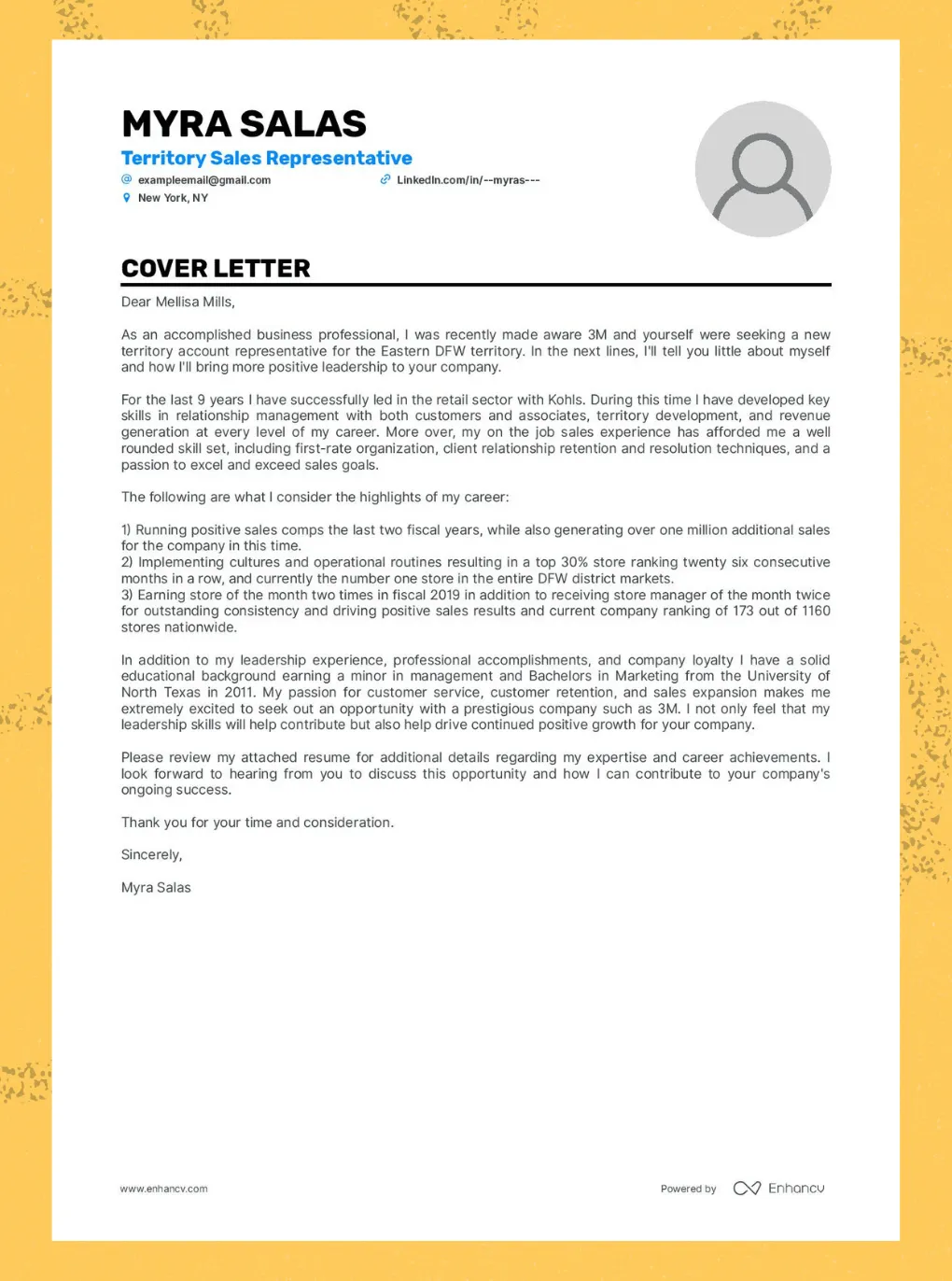Why You Need a Resume Cover Letter
In today’s competitive job market, a well-crafted cover letter is more than just a formality it’s a powerful tool that can significantly increase your chances of landing an interview. Many job seekers often question if they should include a cover letter with their resume. The answer is almost always yes. A cover letter provides the crucial opportunity to introduce yourself, highlight relevant skills, and demonstrate your enthusiasm for the position. It acts as a personalized introduction, giving you the space to elaborate on your qualifications and explain why you’re the ideal candidate. Without one, you’re essentially missing out on a valuable opportunity to make a strong first impression and set yourself apart from other applicants. Understanding the importance of a cover letter is the first step in a successful job application.
Highlighting Your Skills
A cover letter allows you to showcase the skills and experiences most relevant to the job description. While your resume provides a comprehensive overview, the cover letter gives you the space to elaborate on specific achievements and explain how your abilities align with the employer’s needs. This is where you can truly shine, providing context and depth that a resume alone cannot offer. By highlighting relevant skills, you demonstrate your understanding of the job requirements and your ability to contribute meaningfully to the company. Tailor your cover letter to each specific role, emphasizing the skills that the employer values most. This targeted approach ensures that your application stands out and immediately captures the hiring manager’s attention. It’s your chance to connect the dots and show how your past experiences make you the perfect fit for the role.
Showcasing Your Personality
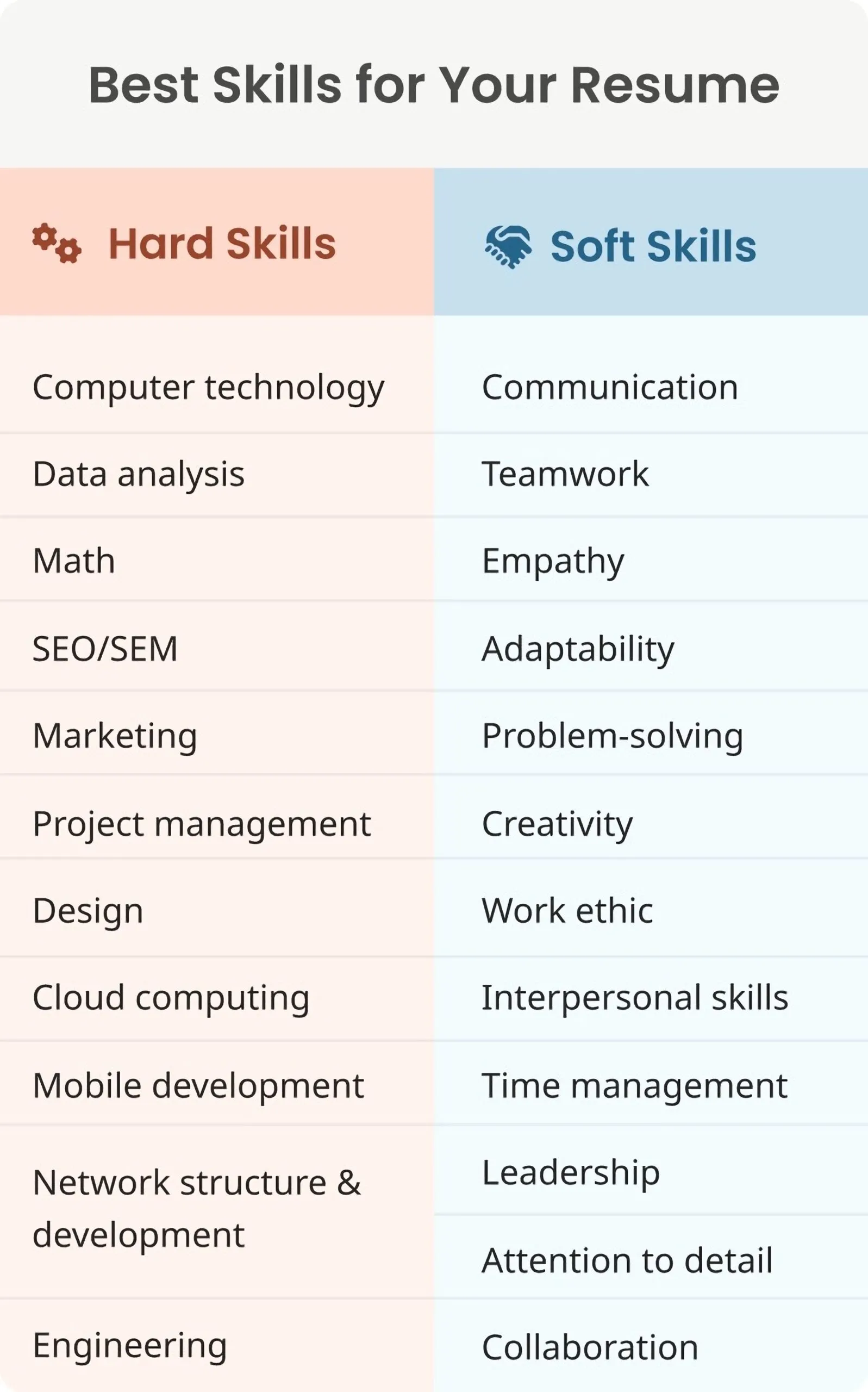
Your resume presents a professional summary of your qualifications but the cover letter is where you can inject your personality and enthusiasm. This is your chance to demonstrate your communication skills, express your genuine interest in the company and the role, and make a personal connection with the hiring manager. The tone and style of your cover letter should reflect your personality while maintaining a professional demeanor. Let your passion for the job and your understanding of the company shine through. A well-written cover letter goes beyond simply listing your qualifications; it tells a story about you, making the reader want to learn more. It allows you to establish rapport and demonstrate that you’re not just a qualified candidate but also someone the team would enjoy working with.
Cover Letters for Applicant Tracking Systems
Many companies use Applicant Tracking Systems (ATS) to screen resumes. While ATS are designed to parse resumes, cover letters often provide additional keywords and context that can boost your chances. By including a cover letter, you can incorporate relevant keywords and phrases from the job description, increasing the likelihood that your application will be noticed. However, it’s crucial to optimize your cover letter for ATS compatibility. Use clear, concise language and avoid overly complex formatting. Place the most important information at the beginning, making it easy for the system to identify key qualifications. By optimizing your cover letter, you increase your odds of getting past the initial screening and having your application reviewed by a human. This strategic approach ensures your application doesn’t get lost in the digital shuffle.
Benefits of Including a Cover Letter
There are several key advantages to always including a cover letter with your resume. Beyond the ability to personalize your application, a cover letter offers an opportunity to address specific needs or challenges in your career. It can help you explain gaps in employment, career transitions, or any other factors that might require additional context. A cover letter allows you to proactively address these potential concerns and present yourself in the best possible light. It can also provide the opportunity to demonstrate your understanding of the company’s values, goals, and the specific requirements of the role. By showing that you’ve done your research and taken the time to tailor your application, you demonstrate your genuine interest and initiative. When you include a cover letter with your resume, you are more likely to be noticed.
Increased Visibility
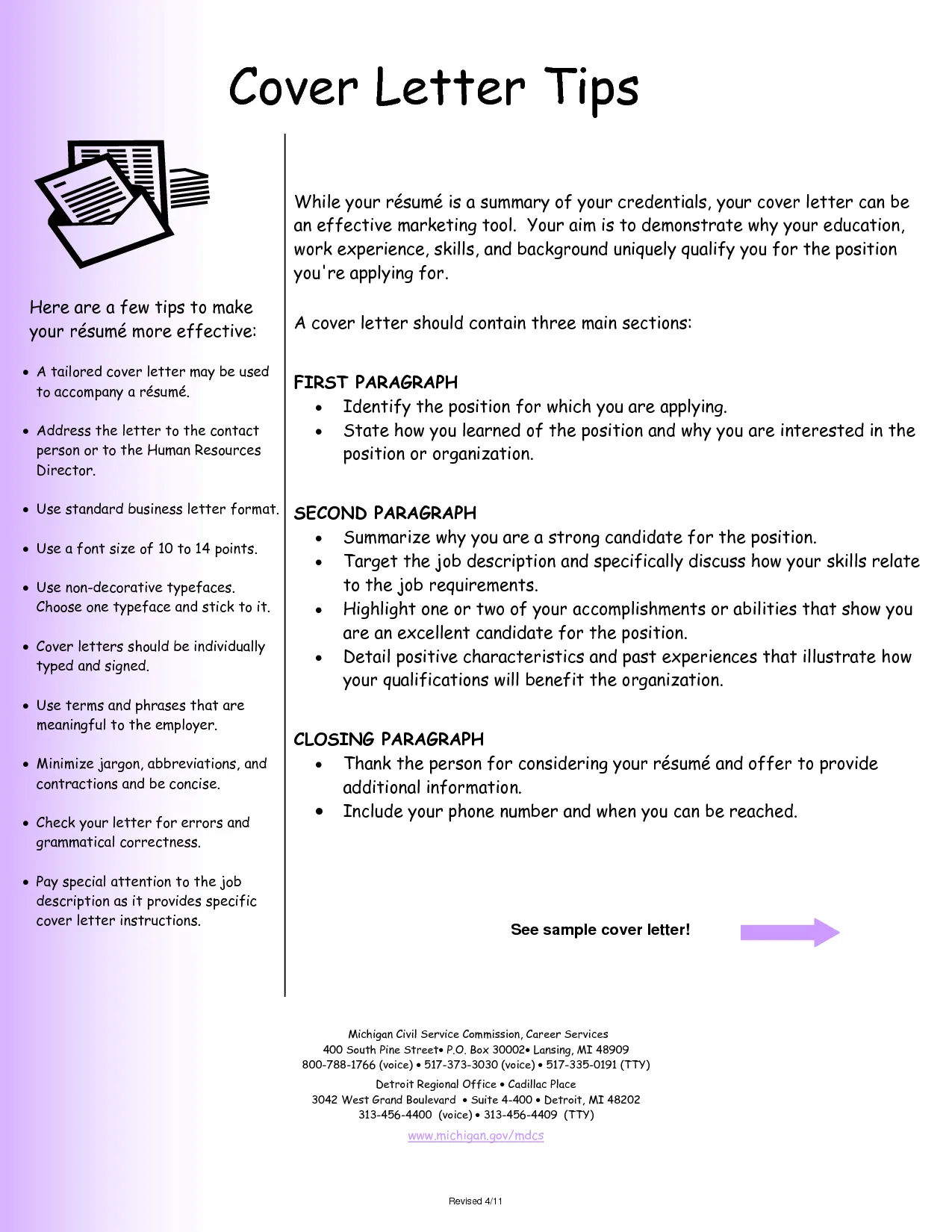
One of the most significant benefits of including a cover letter is the increased visibility it provides. A well-written cover letter can elevate your application and ensure it receives a thorough review. It is very likely to increase your visibility to the hiring manager. By offering a concise yet comprehensive overview of your qualifications and aspirations, you provide a holistic picture of yourself as a candidate. The cover letter adds a human touch to the application process, allowing you to showcase your personality and communication skills. This can be especially crucial in a competitive job market, where every advantage counts. Your cover letter helps you stand out and makes it more likely that your application will be noticed and considered.
Personalized Application
A cover letter enables you to personalize your application, tailoring it specifically to the job and the company. A generic resume submitted without a cover letter indicates that you’re simply sending out mass applications. It is very important to personalize your application. By taking the time to customize your cover letter, you demonstrate your genuine interest in the role and your commitment to the company. Address the hiring manager by name if possible, and mention specific aspects of the job or company that resonate with you. This level of personalization signals that you’ve done your research and that you’re invested in the opportunity. The process is very likely to enhance the impact of your application, showing that you are the perfect fit.
Addressing Potential Concerns
A cover letter also allows you to proactively address any potential concerns the hiring manager might have about your application. If you have employment gaps, a career change, or any other non-traditional aspects to your background, the cover letter offers a chance to provide context and explanation. This is your opportunity to frame your experience positively and reassure the hiring manager of your suitability for the role. Use the cover letter to demonstrate how your experiences, even those that seem unconventional, have equipped you with the skills and qualities needed to succeed. By addressing these concerns upfront, you eliminate any potential doubts and show your confidence in your abilities. This approach can significantly improve your chances of getting an interview.
Cover Letter Best Practices
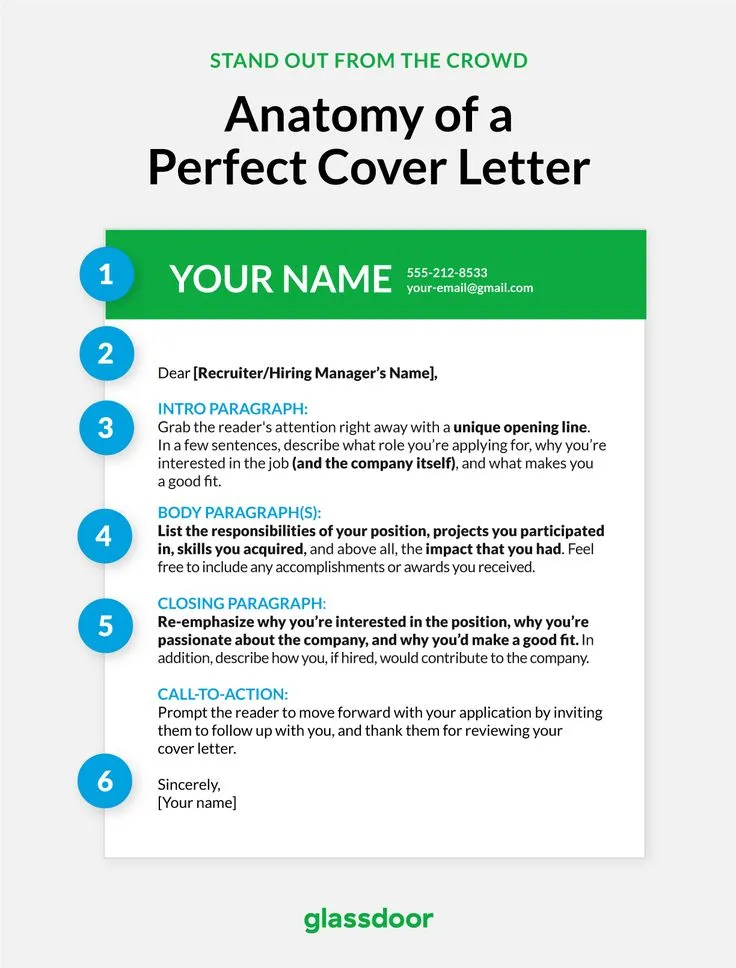
To ensure your cover letter is effective, it’s important to follow best practices. Begin by researching the company and the specific role, tailoring your letter to match the requirements and the company culture. Keep your cover letter concise and to the point. Aim for a maximum of one page. Avoid generic templates, opting instead to write a unique letter that showcases your personality and enthusiasm. Proofread carefully for any grammatical errors or typos, as these can detract from your professionalism. Use a clear and professional tone throughout. The goal is to create a cover letter that is both informative and engaging, giving the hiring manager a compelling reason to review your resume and invite you for an interview. Following these practices will set you on the right path.
Formatting Your Cover Letter
Proper formatting enhances the readability and impact of your cover letter. Use a professional font such as Times New Roman or Arial, and maintain consistent formatting throughout the document. Include your contact information at the top, followed by the date and the hiring manager’s name and title. Use clear headings and subheadings to organize the content and make it easier to scan. The body of your cover letter should be divided into logical paragraphs, each addressing a specific point or aspect of your qualifications. Maintain consistent margins and spacing to create a clean and visually appealing layout. By paying attention to formatting, you present yourself as organized, detail-oriented, and professional. It is a critical step.
Tailoring to the Job Description
Customizing your cover letter to match the job description is essential for demonstrating your suitability for the role. Carefully review the job posting and identify the key skills, experiences, and qualifications the employer is seeking. Tailor your cover letter to address these requirements, highlighting your relevant accomplishments and explaining how your skills align with the job’s demands. Use keywords from the job description naturally throughout your letter to ensure that your application gets noticed by both human readers and applicant tracking systems. Provide specific examples of your achievements, quantifying your results whenever possible. Demonstrating that you understand the job’s needs and that you possess the necessary skills makes a strong case for why you should be interviewed.
Proofreading and Editing
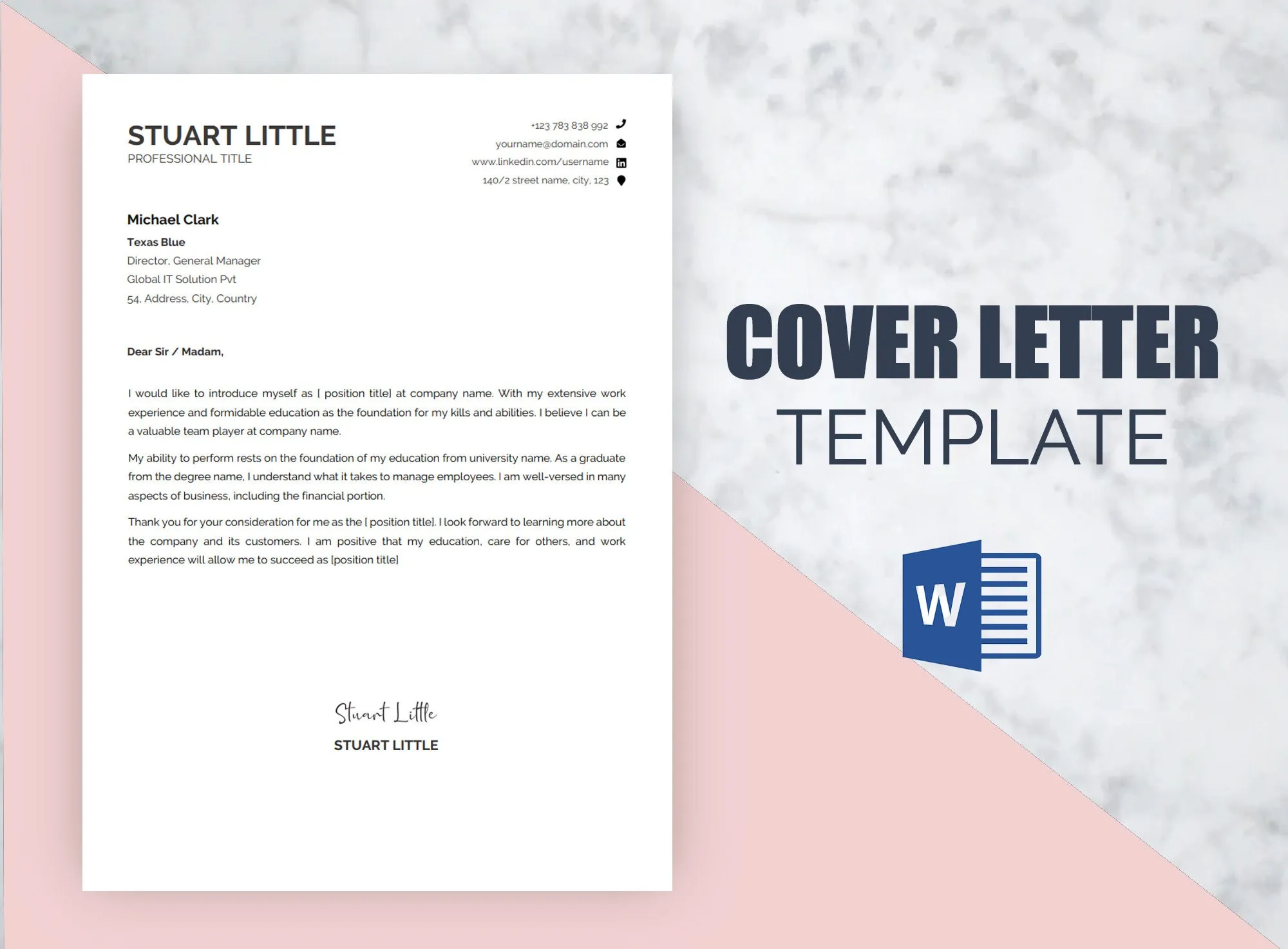
Before submitting your cover letter, proofread it carefully for any errors in grammar, spelling, and punctuation. Typos and grammatical mistakes can undermine your credibility and professionalism. Use spell-check and grammar-check tools, but also read your cover letter aloud to catch any awkward phrasing or inconsistencies. It’s always a good idea to have someone else review your cover letter. A fresh pair of eyes can often spot errors that you might have missed. Make sure your cover letter is clear, concise, and free of errors. Proofreading is the last step to ensure you create a positive and lasting impression. Correcting even minor errors and make a huge impact.
When a Cover Letter Isn’t Necessary
While a cover letter is often recommended, there are a few situations where it may not be necessary. If the job posting explicitly states that a cover letter is optional, it’s up to you to decide whether to include one. However, even in these cases, a well-written cover letter can still give you an edge. The key is to assess each situation carefully and to tailor your approach accordingly. In the instances where a cover letter is not strictly required, make a thoughtful decision about whether to include one, based on the specific requirements of the role and your overall strategy.
Internal Promotions
When applying for internal promotions within the same company, a cover letter might not always be necessary. Your current employer is already familiar with your work and your qualifications. They have an insight into your skills, work ethic, and performance. However, a brief, targeted cover letter can still be useful. It allows you to express your interest in the new role, highlight relevant accomplishments, and reiterate your commitment to the company. Tailor your letter to reflect your understanding of the new role and the specific contributions you can make. A well-crafted cover letter demonstrates your initiative and enthusiasm.
When Not Specifically Requested
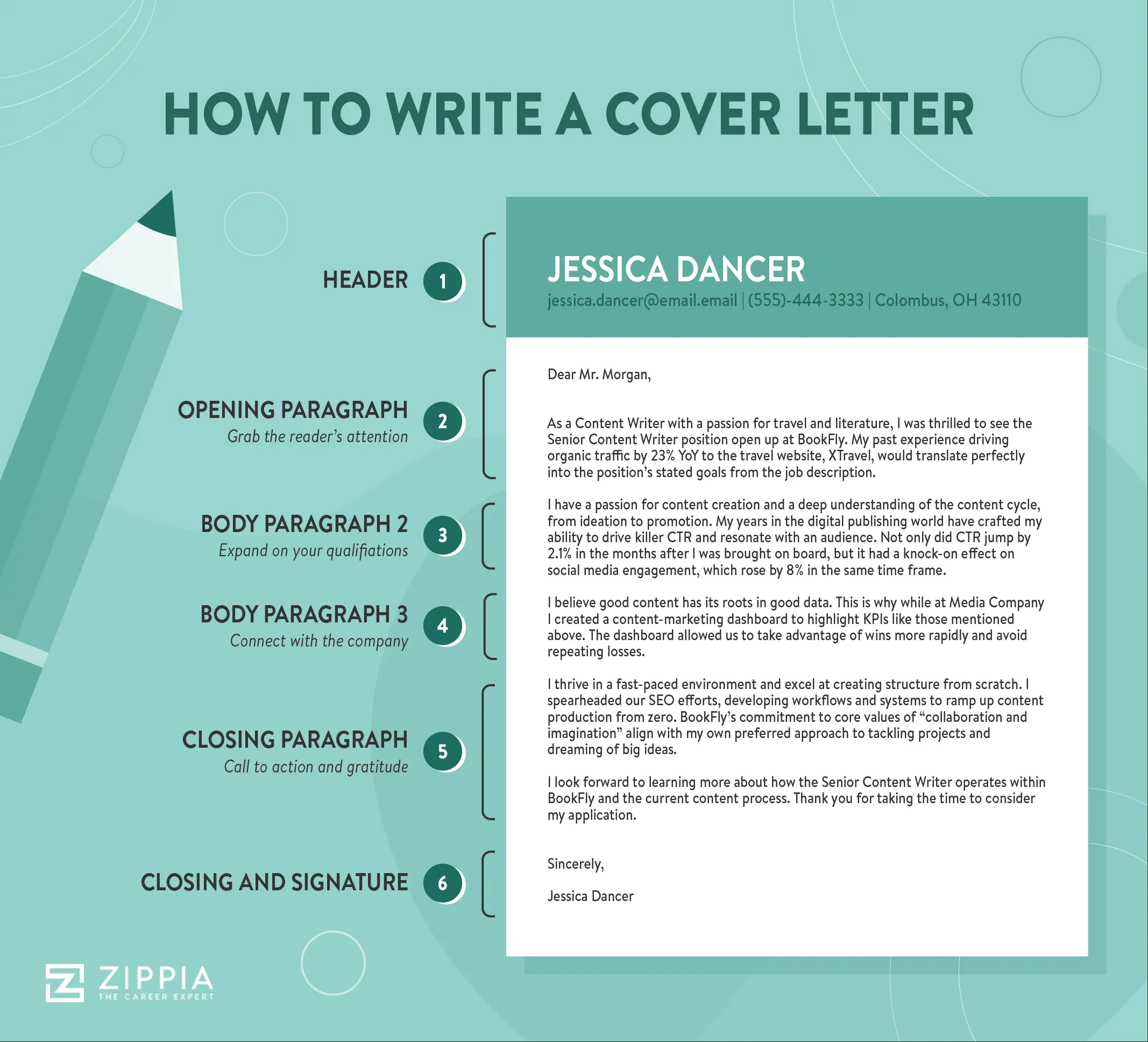
If a job posting doesn’t specifically request a cover letter, the decision of whether to include one depends on the context. In such cases, it is generally a good idea to submit one. A cover letter can still make a positive impression and provide an opportunity to expand on your qualifications. However, it’s important to tailor your letter to the specific job and company, highlighting the skills and experiences most relevant to the role. By going the extra mile and providing a personalized cover letter, you demonstrate your initiative and your interest in the position. This can set you apart from applicants who simply submit their resumes.
